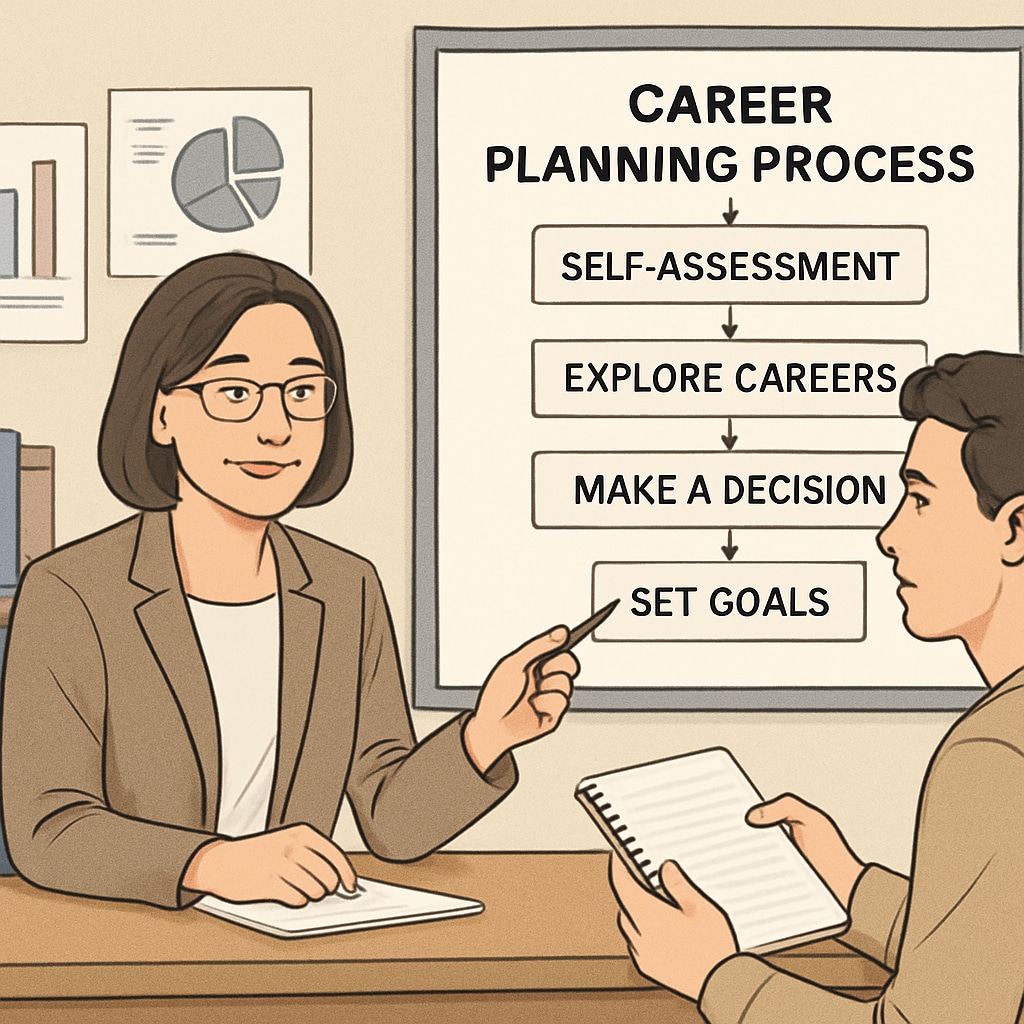University education is often seen as the key to professional success, but for many, the traditional academic path doesn’t align with their goals or circumstances. This leaves university dropouts grappling with critical questions about career planning and academic selection. How does one choose a professional path that satisfies both personal interests and societal expectations? In this article, we explore the complexities of these decisions and provide a systematic framework to help individuals navigate this challenging crossroads.
Understanding the Challenges of Dropping Out
Leaving university without completing a degree can be a daunting experience. It often comes with feelings of failure, societal judgment, and uncertainty about the future. The reasons for dropping out vary—financial struggles, lack of interest in the chosen field, mental health challenges, or a mismatch between academic content and career aspirations. Whatever the reason, it’s crucial to view this decision as an opportunity to reassess and realign one’s goals rather than as an endpoint.

Balancing Personal Interests and Societal Expectations
One of the biggest challenges for university dropouts is reconciling their personal interests with societal norms. Society often values traditional academic achievements, leading individuals to feel pressure to conform. However, success doesn’t always require a degree. For example, many entrepreneurs, artists, and skilled tradespeople have built fulfilling careers outside traditional education.
To strike the right balance, individuals should ask themselves the following questions:
- What are my passions, and how can they translate into a sustainable career?
- What skills do I currently possess, and how can I further develop them?
- What are the market demands for the fields I am interested in?
By answering these questions, you can begin to identify a direction that aligns with both your personal values and external opportunities.
Building a Decision-Making Framework
To make informed decisions about your future, consider the following structured approach:
- Self-Assessment: Reflect on your strengths, weaknesses, interests, and values. Tools like personality tests or career aptitude assessments can help.
- Research: Investigate potential career paths, educational programs, and certifications. Look for industries with growth potential and align them with your interests.
- Networking: Connect with professionals in your desired field through LinkedIn or industry events. Their insights can provide valuable guidance.
- Trial and Error: Consider internships, freelance opportunities, or short courses to explore your interests without committing to a full degree program.
- Long-Term Planning: Set achievable short- and long-term goals. For example, if you aim to start a business, begin by developing a viable business plan and seeking mentorship.

Success Stories of Non-Traditional Paths
It’s worth noting that many successful individuals have thrived despite—or because of—taking unconventional paths. Steve Jobs, who dropped out of Reed College, credited his calligraphy course (taken post-dropout) as a pivotal influence in creating Apple’s elegant typography. Similarly, Richard Branson, the founder of Virgin Group, left school at 16 and built a global business empire.
These examples demonstrate that success is not solely determined by academic credentials. Instead, it often stems from passion, perseverance, and a willingness to learn from experiences.
Final Thoughts: Creating Your Unique Path
Dropping out of university isn’t the end of the road—it’s a new beginning. By focusing on self-awareness, strategic planning, and adaptability, you can carve out a fulfilling career that aligns with your values and interests. Remember, education and career planning are not linear; they are dynamic processes that can be tailored to your unique journey. Take the time to explore your options, and don’t be afraid to redefine success on your own terms.
Readability guidance: This article uses short paragraphs, transitional phrases, and lists to ensure clarity. Key points are summarized for better understanding, and the overall tone encourages proactive decision-making.


